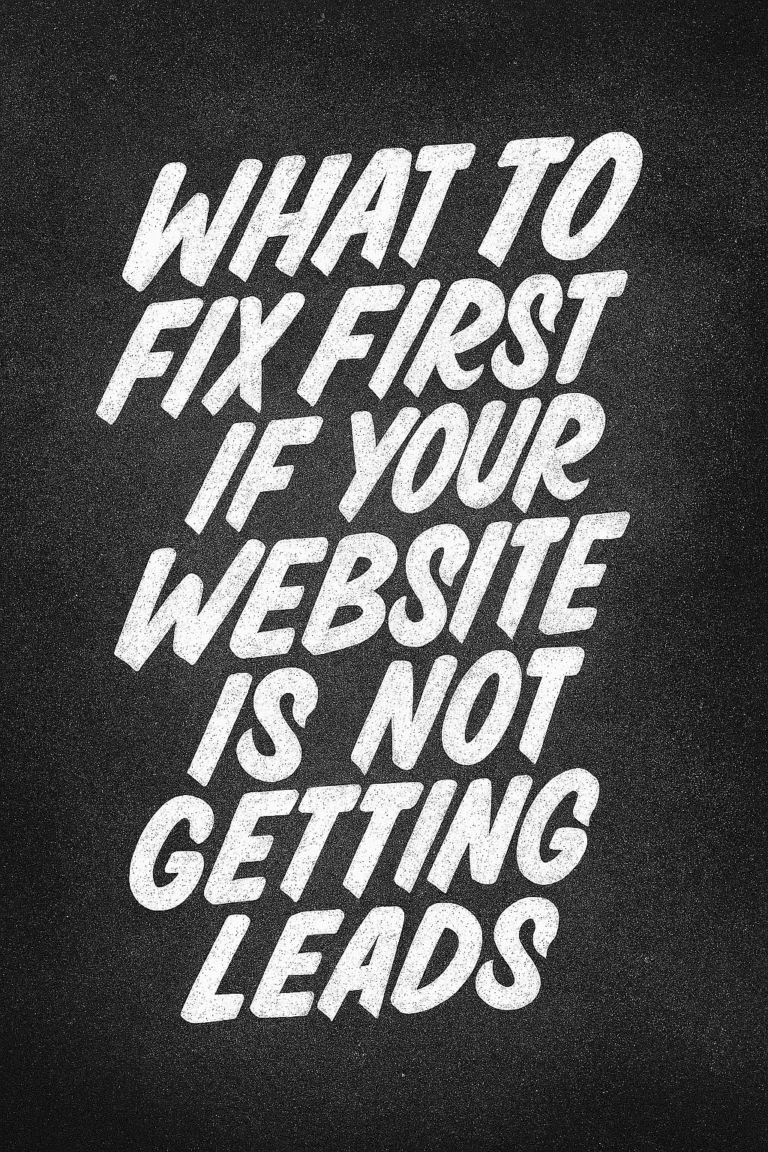
When it comes to website performance, there are a lot of factors that come into play. How fast your website loads, how smooth the user experience is, and how quickly pages are loading are all important considerations. In this blog post, we will discuss some good website performance goals examples that you can use to improve the speed and usability of your website.
Website load time
One important website performance goal to consider is the time it takes for your website to load. If your website takes too long to load, users will likely get frustrated and leave before they even have a chance to see what you have to offer. A good rule of thumb is to aim for a page loading time of under two seconds.
How to improve website load time?
There are a number of ways you can improve your website’s load time, including:
Reducing the size of your images: Large images can take a long time to load, so reducing the size of your images can help improve your website’s speed. There’s a balance to be struck here though, as you don’t want your images to look pixelated or low quality. Lossless compression is a good way to reduce image file size without compromising quality.
Using a content delivery network (CDN): A CDN can help deliver your content faster by caching it on servers around the world. Rather than having to wait for your content to load all the way from your server, users can load it from a nearby CDN server, which can significantly improve load times.
Enabling browser caching: When a user visits your website, their browser will download a copy of your website’s files and save them locally. The next time they visit your site, the browser can load the pages much faster since it doesn’t have to download the files again. You can enable browser caching by adding some code to your website’s .htaccess file.
Minifying code: Minifying your website’s code can help reduce file size and improve load times. This is because it removes all unnecessary characters from your code, such as whitespace and comments.
User experience
Another important website performance goal to consider is the user experience. A good user experience is essential for keeping users on your website and ensuring they come back again in the future. There are a number of factors that contribute to a good user experience, including:
Load time: As we mentioned above, load time is a important factor in the user experience. If your website takes too long to load, users will likely get frustrated and leave before they even have a chance to see what you have to offer.
Layout and design: The layout and design of your website should be easy to understand and use. If users can’t figure out how to navigate your site or find what they’re looking for, they will likely get frustrated and leave.
Consistency: It’s important to be consistent with the layout and design of your website from page to page. This will help users feel comfortable using your site and make it easier for them to find what they’re looking for.
Error handling: If users encounter errors on your website, it’s important to have a good error handling system in place. This will help ensure that users don’t get frustrated and give up trying to use your site.
Website Performance Goals Examples:
A website should load in less than two seconds:
The average user will not wait more than two seconds for a website to load.
Tips to accomplish this goal:
- Compress all images
- Minimize number of plugins
- Optimize code
A website should have a PageSpeed score of 85 or above:
Google’s PageSpeed Insights tool measures the performance of a website on both mobile and desktop devices. A score of 85 or above is considered good.
Tip to accomplish this goal:
- Follow Google’s PageSpeed recommendations
A website should have a conversion rate of at least two percent:
A “conversion” occurs when a user takes a desired action on a website, such as making a purchase or subscribing to a newsletter. The average conversion rate is two percent.
Tips to accomplish this goal:
- Make the website’s purpose clear
- Have a strong call to action
- Make the website easy to use
A website should have a bounce rate of less than 50%:
A “bounce” is when a user visits only one page on a website before leaving. A high bounce rate is an indicator that something is wrong with the website.
Tips to accomplish this goal:
- Make sure the website is relevant to the user’s search query
- Make sure the website is easy to navigate
- Make sure the website is mobile-friendly
A website should use less than 200kb of data:
Data usage is an important factor to consider, especially for users on mobile devices.
Tips to accomplish this goal:
- Compress all images
- Minimize number of plugins
- Use less data-intensive resources (e.g. videos, fonts)
A website should use less than 50kb of JavaScript:
Too much JavaScript can slow down a website.
Tips to accomplish this goa
- Compress all JavaScript files
- Load JavaScript asynchronously
- Minimize number of JavaScript files included on each page
A website should have no more than 30 requests:
The number of requests a website makes can impact its performance.
Tips to accomplish this goal:
- Minimize the number of elements on each page
- Combine files where possible
- Load resources from a CDN
A website should have a First Contentful Paint time of less than two seconds:
This measures the time it takes for the first content to appear on a page.
Tips to accomplish this goal:
- Reduce the size of your HTML, CSS, and JavaScript files.
- Minimize the number of network requests.
- Enable compression on your web server.
A website should have a Time to Interactive time of less than five seconds:
This measures the time it takes for a page to become fully interactive.
Tips to accomplish this goal:
- Reduce the amount of JavaScript used on a page.
- Use smaller images.
- Minimize the number of network requests
A website should use a caching strategy:
Caching can help improve the performance of a website by storing frequently accessed data in memory so it can be quickly retrieved when needed.
Tips to implement caching:
- Use a content delivery network (CDN).
- Cache static resources (e.g., images, CSS, and JavaScript files).
- Use a caching plugin.
Conclusion
While website performance is important, it can be difficult to know where to start. Our team at Graticle can help you set good website performance goals and make the necessary changes to your website so that it loads quickly and provides a smooth user experience for your visitors. Give us a call today! (360) 450-3711
Graticle Design is a web design, development, and marketing agency in Longview, WA. We specialize in helping businesses improve their online presence and reach their goals. Our team can help you with everything from website design and development to SEO marketing campaigns.
—
Website Performance FAQs
Here are answers to some frequently asked questions about website performance:
What is website performance?
Website performance is the measure of how fast a web page loads and how efficiently it runs. Good website performance is important for two reasons. First, fast loading pages keep visitors from leaving your site before it fully loads. Second, efficient code improves your search engine ranking, making it more likely that potential visitors will find your site in the first place.
What factors affect website performance?
There are many factors that can affect website performance. Some of the most common include:
- The size and number of files that make up your web page
- How those files are structured and organized
- The server your site is hosted on
- How much traffic your site gets
- The code that makes up your web page
What is a good website performance goal?
A good website performance goal is one that is achievable and realistic, based on the factors that affect website performance. For example, if your site is large and has a lot of traffic, you may not be able to achieve the same loading speed as a small site with less traffic. However, you can still strive to improve your website’s performance by making changes to the code and structure of your site.
How does performance affect search engine rankings?
Search engines consider website performance when determining search engine rankings. In general, faster loading sites will rank higher than slower loading ones. However, there are other factors that also affect search engine rankings, so website performance is just one piece of the puzzle.
Still have questions about website performance?
Contact us and we’ll be happy to help! Call today (360) 450-3711





